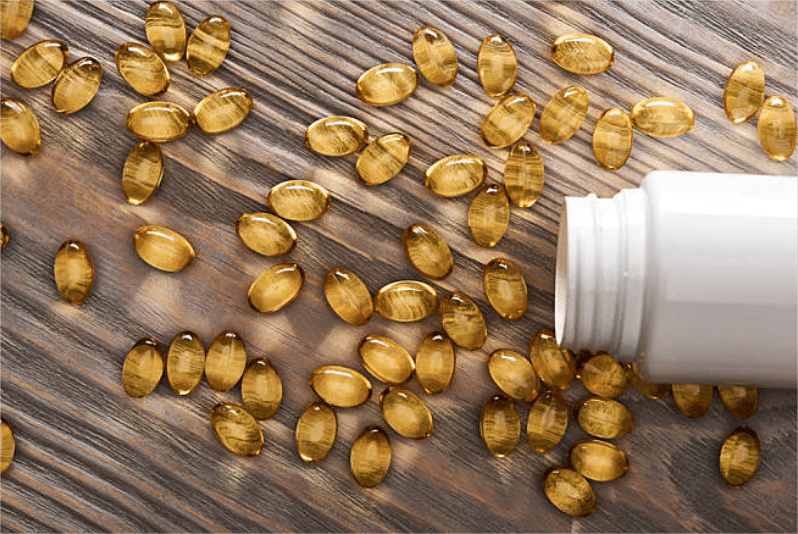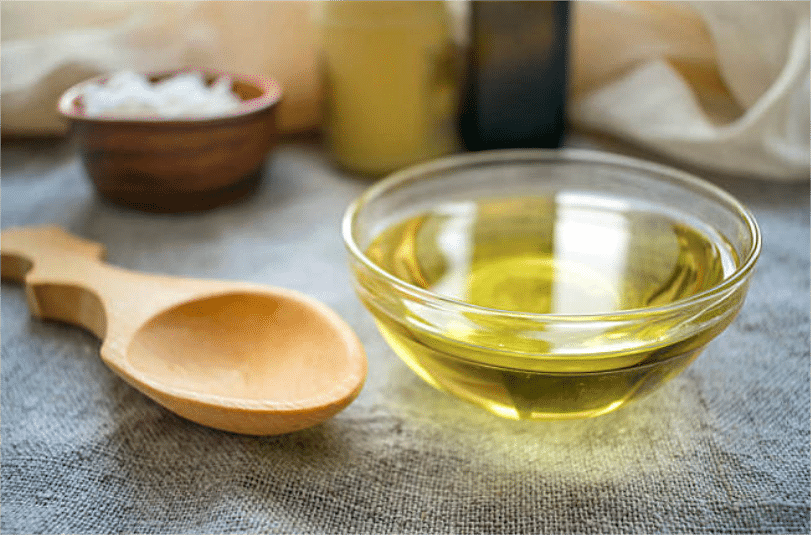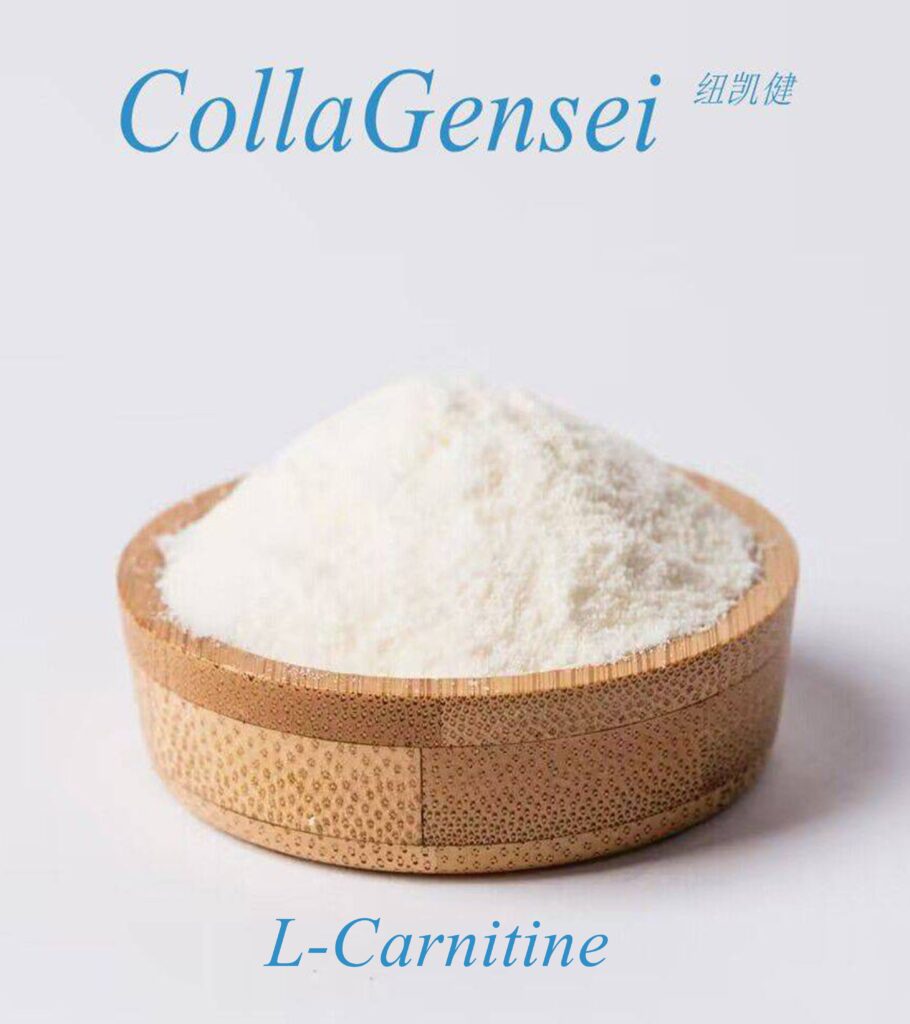Gelatin is a common food additive and functional ingredient with various uses and health benefits. Let’s explore Gelatin’s sources, uses, and importance in our daily lives.
Sources and Preparation
After long-term cooking, Gelatin is a protein extracted from animal skin, bones, or cartilage. The primary raw materials include pig skin, cattle bones, fish maw, etc., obtained through hydrolysis and extraction. After processing, Gelatin appears as a colorless or light yellow transparent colloid with strong gel properties.
Uses
Food industry
Gelatin is widely used as a stable gelling agent and thickener in the food industry. It is commonly found in jelly, candy, pudding, and frozen meat products, giving these foods the desired taste and texture.
Medicine and health products
In the pharmaceutical field, Gelatin is one of the main ingredients in capsules and soft capsules, and it is used to contain drugs and nutritional supplements. In addition, Gelatin is also used to make medical tape, cartilage health products, etc.
Photography and manufacturing industry
Gelatin is also used in the manufacture of film in the photographic process, as well as in the impregnation and waterproofing of some papers and cloths. It has good adhesion and waterproofing properties.
Beauty and health products industry
Gelatin is rich in collagen and is widely used in beauty and health products. These include skin care products, anti-aging products, oral nutritional supplements that replenish collagen, etc. The target consumer group is usually consumers who are concerned about skin health and beauty.
Industrial applications
In the industrial field, Gelatin is used as adhesives, coatings, paper surface treatment, and printing process materials. Target customers may be paper manufacturers, packaging material suppliers, and industrial enterprises that require unique gluing properties.
Special technical applications
Gelatin also plays a role in some special technical applications, such as manufacturing photographic films and producing composite materials. These applications usually require high purity and specific physical and chemical properties of Gelatin.
Health Benefits
(1) Support joint and bone health
Gelatin is rich in protein and amino acids, especially proline, hydroxyproline, and lysine, which help maintain the health of joint cartilage and bone structure.
(2) Promote digestive health
Gelatin promotes intestinal health and repairs intestinal mucosa, helping to relieve gastrointestinal inflammation and gastric ulcers.
(3) Enhance skin and hair health
Gelatin is rich in collagen, which helps improve the skin’s elasticity and hydration capacity. It also has a specific protective effect on the strength and luster of hair.
Application
Powdered Gelatin: Powdered Gelatin is one of the most common and widely used forms. It is usually in white or light yellow powder that dissolves easily in liquids. Powdered Gelatin is commonly used in the food industry, making jellies, candies, frozen meat products, dairy products, and puddings, as well as in manufacturing capsules and soft gelatin capsules.
Flake gelatin: Flake gelatin is mainly used in pharmaceutical and capsule manufacturing. Gelatin usually consists of flakes or sheets and needs to be heated and dissolved in water before it can be used. Flake gelatin is used to make pharmaceutical capsules that can hold a variety of pharmaceutical ingredients and have stable and predictable dissolution properties.
Colloidal solution: Gelatin can also be used for special industrial applications and production processes. This form of Gelatin is often used in manufacturing packaging materials, paper surface treatment, and printing processes to improve the strength and waterproof properties of the material.
Capsules and soft gelatin capsules: In the pharmaceutical field, Gelatin is often used as the shell material for capsules and soft gelatin capsules. These capsules can be used to package and administer various types of drugs, ensuring that the drugs are safely and effectively delivered to the body.
Solid block: In some special industrial and technical applications, Gelatin can also exist in the form of solid blocks, which are used in the production of coatings, adhesives, and some composite materials to enhance the adhesion and durability of the products.
Price
Sources and types: Gelatin can be mainly sourced from animal sources such as pig skin, cow bones, or fish maw. Different sources of Gelatin have different production processes and costs, so the price will also be different.
Quality grade: The quality grade of Gelatin is usually determined by factors such as its gel strength, solubility, and purity. High-purity and high-quality Gelatin is usually more expensive because its application in food and medicine is more extensive and vital.
Market supply and demand: The market supply and demand relationship directly affects Gelatin’s price fluctuation. When the supply is insufficient, or the demand increases, the price may rise; otherwise, it may fall.
Geographic location: The place where Gelatin is produced and sold also affects its price. The price will affect the production cost, labor cost, and market competition in different countries or regions.
Packaging and transportation costs: Bulk Gelatin is usually sold wholesale or in container form, while small packages are generally more expensive due to increased packaging and transportation costs.
Conclusion
Gelatin, as a multifunctional food additive and functional ingredient, is widely used in the food industry and plays a vital role in medicine and beauty care. Its rich protein and amino acid components give it various benefits, positively supporting the health of joints, bones, digestive system, skin, and hair. When using Gelatin, attention should be paid to the source of the product and the appropriate amount of use to give full play to its nutritional and functional value.
https://www.collagensei.com/wp-content/uploads/2024/07/Gelatin-265×300.jpg




